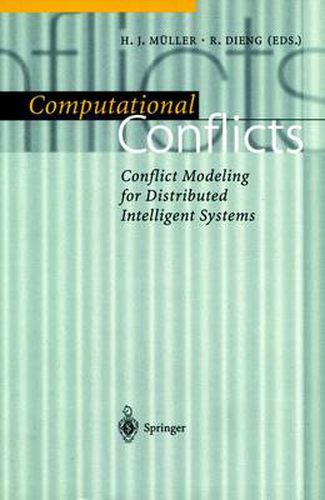Readings Newsletter
Become a Readings Member to make your shopping experience even easier.
Sign in or sign up for free!
You’re not far away from qualifying for FREE standard shipping within Australia
You’ve qualified for FREE standard shipping within Australia
The cart is loading…






This title is printed to order. This book may have been self-published. If so, we cannot guarantee the quality of the content. In the main most books will have gone through the editing process however some may not. We therefore suggest that you be aware of this before ordering this book. If in doubt check either the author or publisher’s details as we are unable to accept any returns unless they are faulty. Please contact us if you have any questions.
The aim of this book is to bring together approaches from different subfields of Artificial Intelligence as well as adjoint disciplines in order to characterize a computational model of conflicts. The different views on computational conflicts are motivated as follows: Conflicts can occur in organizations among human agents, as well as in computational systems such as knowledge-based systems, or multi-agent systems. They can appear during problem solving or during communication. Their nature or processing can also be specific for some tasks (such as concurrent engineering and design). They can be formalized and techniques can be offered for detecting, managing or avoiding them.
$9.00 standard shipping within Australia
FREE standard shipping within Australia for orders over $100.00
Express & International shipping calculated at checkout
This title is printed to order. This book may have been self-published. If so, we cannot guarantee the quality of the content. In the main most books will have gone through the editing process however some may not. We therefore suggest that you be aware of this before ordering this book. If in doubt check either the author or publisher’s details as we are unable to accept any returns unless they are faulty. Please contact us if you have any questions.
The aim of this book is to bring together approaches from different subfields of Artificial Intelligence as well as adjoint disciplines in order to characterize a computational model of conflicts. The different views on computational conflicts are motivated as follows: Conflicts can occur in organizations among human agents, as well as in computational systems such as knowledge-based systems, or multi-agent systems. They can appear during problem solving or during communication. Their nature or processing can also be specific for some tasks (such as concurrent engineering and design). They can be formalized and techniques can be offered for detecting, managing or avoiding them.